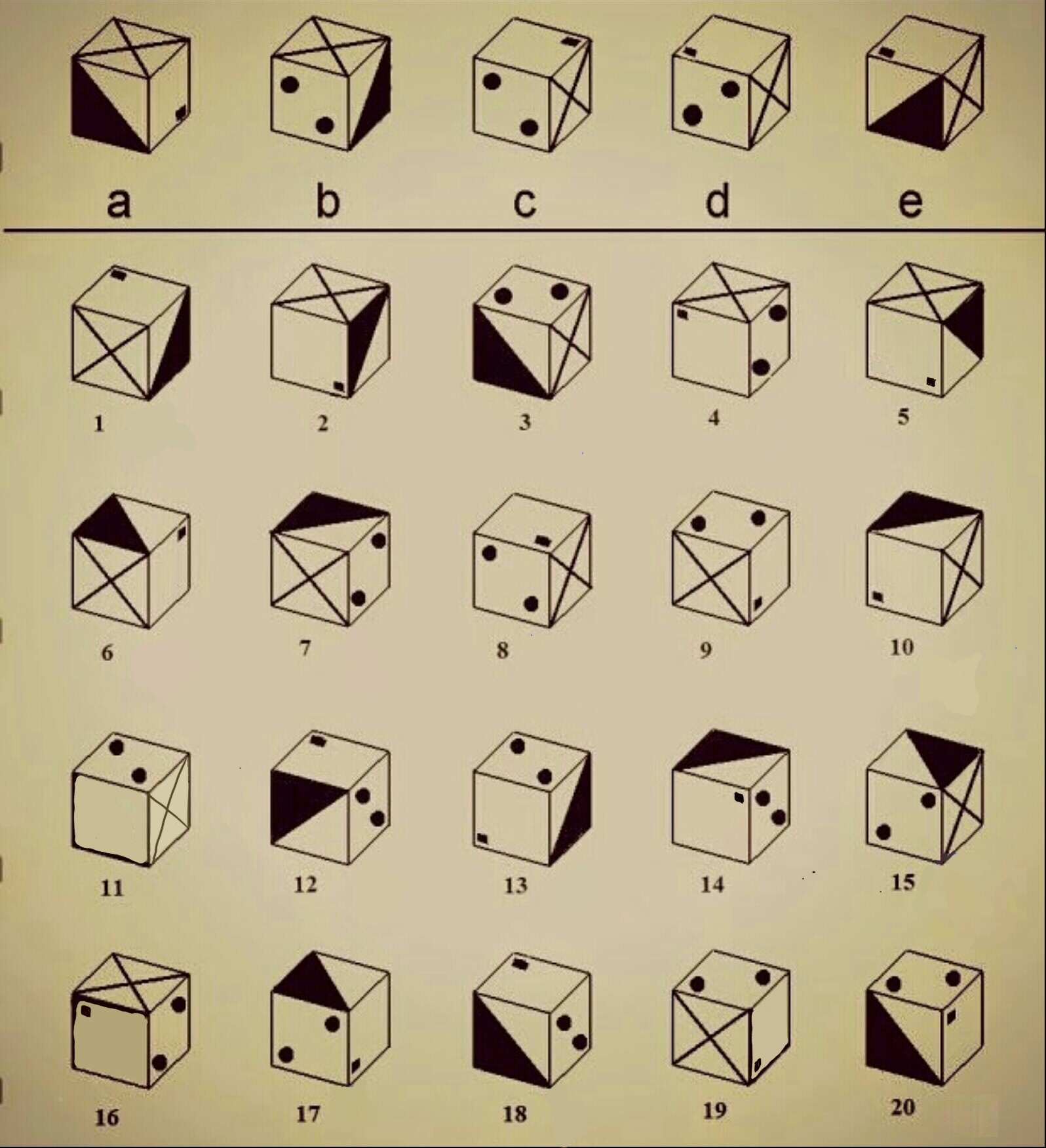Dicom Sender Software
понедельник 18 марта admin 54
Dicom Sender Software Rating: 4,6/5 4876 votes
 Digital Imaging and Communications in Medicine ( DICOM) is the standard for the communication and management of medical imaging information and related data. DICOM is most commonly used for storing and enabling the integration of medical imaging devices such as scanners, servers, workstations, printers, network hardware, and (PACS) from multiple manufacturers. It has been widely adopted by, and is making inroads into smaller applications like dentists' and doctors' offices. DICOM files can be exchanged between two entities that are capable of receiving image and patient data in DICOM format. The different devices come with DICOM Conformance Statements which clearly state which DICOM classes they support, and the standard includes a definition and a network that uses to communicate between systems.
Digital Imaging and Communications in Medicine ( DICOM) is the standard for the communication and management of medical imaging information and related data. DICOM is most commonly used for storing and enabling the integration of medical imaging devices such as scanners, servers, workstations, printers, network hardware, and (PACS) from multiple manufacturers. It has been widely adopted by, and is making inroads into smaller applications like dentists' and doctors' offices. DICOM files can be exchanged between two entities that are capable of receiving image and patient data in DICOM format. The different devices come with DICOM Conformance Statements which clearly state which DICOM classes they support, and the standard includes a definition and a network that uses to communicate between systems.
The (NEMA) holds the copyright to the published standard which was developed by the DICOM Standards Committee, whose members are also partly members of NEMA. It is also known as standard PS3, and as 'Health informatics -- Digital imaging and communication in medicine (DICOM) including workflow and data management'. Insidious 2 torrent ita film. Contents • • • • • • • • • • • • • • • • • • • • • • • • Applications [ ] DICOM is used worldwide to store, exchange, and transmit. DICOM has been central to the development of modern radiological imaging: DICOM incorporates standards for imaging modalities such as radiography, ultrasonography, computed tomography (CT), magnetic resonance (MRI), and radiation therapy. DICOM includes protocols for image exchange (e.g., via portable media such as DVDs), image compression, 3-D visualization, image presentation, and results reporting.
Addition of a description of the DicomCleaner™ software as contributing equipment, to maintain a record in the cleaned instances of what tool was used; Export of DICOM files and DICOMDIR directly into a folder (intended for CD burning) or a zip file. The 'DICOM Viewer 2.0' developed by Rubo Medical Imaging is one of the most complete and powerful DICOM viewers around. It's capable of handling all DICOM files of any modality (X-Ray angiogram, ultrasound, CT, MRI, Nuclear, waveform etc.), compression (lossless.
Parts of the standard [ ] The DICOM standard is divided into related but independent parts. Front page of ACR/NEMA 300, version 1.0, which was released in 1985 DICOM is a standard developed by (ACR) and (NEMA). In the beginning of the 1980s, it was very difficult for anyone other than manufacturers of or devices to decode the images that the machines generated. Radiologists and medical physicists wanted to use the images for dose-planning for. ACR and NEMA joined forces and formed a standard committee in 1983.
Their first standard, ACR/NEMA 300, was released in 1985. Very soon after its release, it became clear that improvements were needed. The text was vague and had internal contradictions. In 1988 the second version was released. This version gained more acceptance among vendors. The image transmission was specified as over a dedicated 2 pair cable (EIA-485).
The first demonstration of ACR/NEMA V2.0 interconnectivity technology was held at Georgetown University, May 21–23, 1990. Six companies participated in this event, DeJarnette Research Systems, General Electric Medical Systems, Merge Technologies, Siemens Medical Systems, Vortech (acquired by Kodak that same year) and 3M. Commercial equipment supporting ACR/NEMA 2.0 was presented at the annual meeting of the Radiological Society of North America (RSNA) in 1990 by these same vendors. Many soon realized that the second version also needed improvement. Several extensions to ACR/NEMA 2.0 were created, like Papyrus (developed by the University Hospital of Geneva, Switzerland) and SPI (Standard Product Interconnect), driven by Siemens Medical Systems and Philips Medical Systems. The first large-scale deployment of ACR/NEMA technology was made in 1992 by the US Army and Air Force, as part of the MDIS (Medical Diagnostic Imaging Support) program based at Ft.
Detrick, Maryland. Loral Aerospace and Siemens Medical Systems led a consortium of companies in deploying the first US military (Picture Archiving and Communications System) at all major Army and Air Force medical treatment facilities and teleradiology nodes at a large number of US military clinics. DeJarnette Research Systems and Merge Technologies provided the modality gateway interfaces from third party imaging modalities to the Siemens SPI network. The Veterans Administration and the Navy also purchased systems from this contract. [ ] In 1993 the third version of the standard was released.
